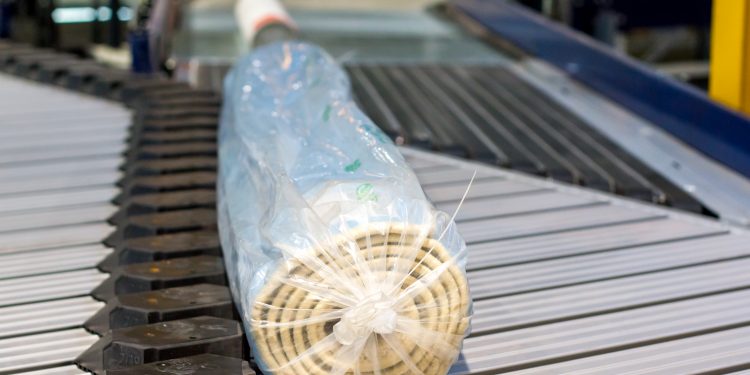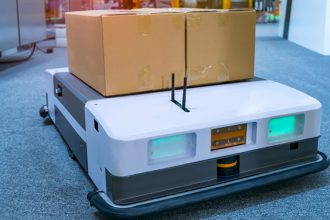Large Parcel Shipping is Growing

For the past couple of decades, parcel shipping automation was limited to the low-hanging fruit—small- and medium-sized parcels. These packages, whether Amazon products, mailers, or consumer goods, passed through distribution centers in high volumes. They still do, especially since the onset of the pandemic, when consumers rapidly increased their online ordering, and that’s a trend that’s likely never going to reverse back to pre-pandemic levels.
Now, however, those smaller parcels have company in the DC in the form of large, bulky, and odd-shaped items. Until recently, large parcels—or non-conveyables—have been shipping at a low volume, relatively speaking. But in the past few years, we’ve seen an uptick in online ordering for things like furniture, tires, and other large parcels.
Not only has there been an increase in demand for ordering these items via ecommerce, but simultaneously, the nature of the labor pool has changed. In general, the baby boomers are phasing out of the workforce, the number of Gen Xers has plateaued, and the millennials and Gen Y aren’t very interested in physical labor. The labor pool is shrinking for this type of work.
Put together, and automation for these bigger commodities is now beginning to make financial sense. The industry is responding with advanced technology and tools that automate and streamline large-parcel shipping at a price tag many companies find attractive.
The cheapest solutions are still conveyors, and if you can upsize a conveyor to manage your large parcels, that’s a good option. Sometimes, however, the large and odd-sized parcels are not manageable via conveyor or there is too much variation in large parcels to make conveyors practical. A Lazy Boy recliner cannot go on the same conveyor as a car tire, for instance. However, New advanced, irregular sorter solutions for packages that are extra-large, oddly sized and shaped (considered non-conveyable on traditional sorters) are now available.
That’s where other tools, like intelligent automated guided vehicles (AGVs), oversized totes for conveyors, and autonomous mobile robots (AMRs) can step into the picture. In order to determine the ROI on automation for large parcels, companies need to consider two key factors: How much labor do you have to manage the work? And how much volume do you have? If these large parcels are less than 5 percent of your business, then go with the cheapest solution.
To help determine a forward-thinking approach to large-parcel automation, look at specific growth patterns and origins of parcels. The potential exists for a manufacturing move back to North America from overseas, in which case more will be stored here in the future, too. When you take that into consideration, will you maintain local distribution or have centralized distribution and ship across the country? Companies need to look at the best equipment for the long term.
To that end, expect a continued trend of large parcel volume growth. We are buying more online and that isn’t likely to change. You need to plan for a system that is flexible enough to increase capacity without increasing infrastructure.
Please take our survey for end-users to help us understand your needs better. Click Here



